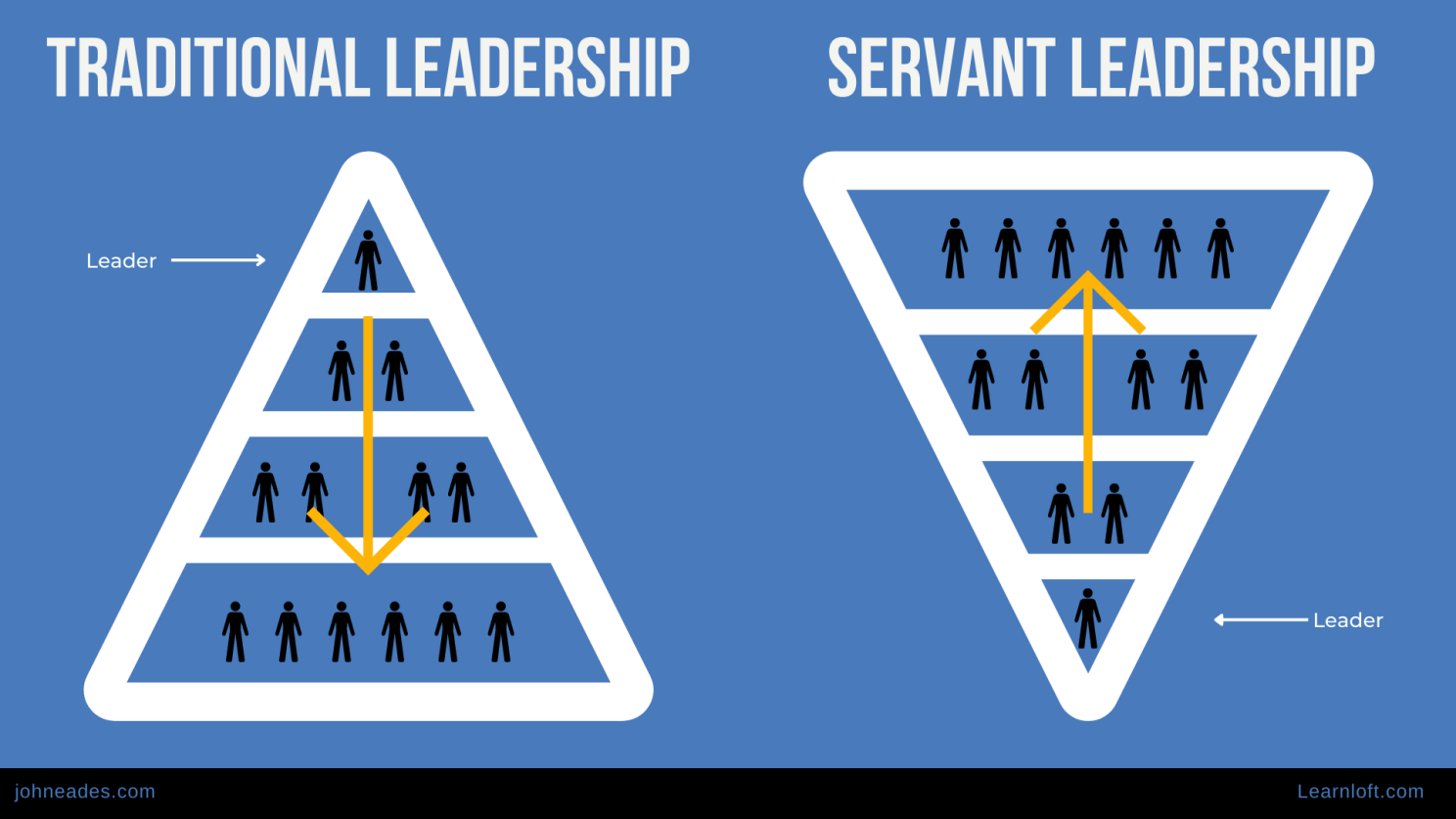Comments
- No comments found

What precisely do the best leaders do?
The answer is nearly impossible to pin down, as there are thousands of definitions and various skills required to lead effectively. However, regardless of the generation or culture, the commonality of leadership centers around people. As I told a group of managers in an Accelerate Leadership workshop,
If you are in leadership, you are in the people business.
Leadership is a people business. If you don't like people, you won't coach them to help them improve, you won't challenge them to reach their potential, or you will be unwilling to put others' needs ahead of your own.
Maybe you are like countless other professionals that took a promotion considering the money, prestige, and power instead of the responsibility of managing people. Or perhaps you thought you would be naturally good at leading others, but after a few months, you realize how hard it truly is.
Before you give up or make a judgment that you aren't cut out to lead, it's essential to break leadership down to its simplest and most important form, servant leadership.
The root of being a good leader is understanding that you work for your people, not the other way around. Being in a constant pursuit to elevate others by your actions, not your words. In Building the Best, I defined a leader this way, "someone whose actions inspire, empower, and serve in order to elevate others over an extended period of time."
The key attribute is to serve, to turn the proverbial pyramid upside down, and put others' needs ahead of your own.

While servant leadership is a timeless concept, the phrase "servant leadership" was coined by Robert K. Greenleaf in The Servant as Leader, an essay that he first published in 1970. In that essay, Greenleaf said: "A servant-leader focuses primarily on the growth and well-being of people and the communities to which they belong. While traditional leadership generally involves the accumulation and exercise of power by one at the "top of the pyramid," servant leadership is different. The servant-leader shares power, puts the needs of others first, and helps people develop and perform as highly as possible."
Greenleaf work has been backed up and reinforced by author and thought leader Patrick Lencioni who told me on an episode of The John Eades podcast:
It shouldn't call it servant leadership anymore, it should just be called leadership. - Pat Lencioni
The servant leadership model is effective today because it reflects how people want to be led. Gone are the days of command and control leadership, where people don't have an option or opinion of how to do their best work.
While the definition of servant leadership is excellent, the application of servant leadership is most important.
It would be fantastic if you changed your heart and mind today and started acting in the service of others as your leadership approach. However, if the results and performance of your team don't immediately add up, you will likely go back to your old way of thinking and acting.
I wish servant leadership guaranteed positive and quick results, but it doesn't. While great leaders eventually get great results, the timeline of those outcomes sometimes fails to meet your workplace expectations or yours.
However, I coach leaders to remember a fundamental leadership principle:
Keep doing the right things, not the expedited things.
You build a foundation to sustain long-term success when you do the right things consistently.
Some benefits of servant leadership are more impactful than others. There are many pros to this approach, like:
Building deeper trust-based relationships
Encouraging greater ownership and responsibility
Developing a people-first culture
Boosting morale across teams
Developing future leaders
Every leader and company in the world should desire outcomes like those. However, there are two critical benefits of servant leadership that most people don't talk about:
Based on this article, leadership is ultimately about elevating other people. However, if you need a selfish reason to be a servant leader, there is one. Something powerful happens when you are a servant leader. The results and reactions from others are personally fulfilling. You get a first-row seat to watch other people break through mental barriers and reach their potential.
Seeing other people break through mental barriers and reach their potential is a glorious thing to witness.
Experiencing the joy on people's faces when something unexpected happens gets bottled up and put in a special place in your heart and mind.
Some of the great leaders in the world, like Mother Theresa, and Martin Luther King Jr., didn't just make an impact during their time on earth, but the effect of their actions continues to carry on.
While your legacy might not be theirs, when you choose servant leadership, you make a meaningful impact on the people around you. So whether the immediate outcomes and results change or not, those who experienced your leadership will take note and implement things they learned from you in their leadership approach. You could say it this way:
People that serve others get remembered. People that serve themselves are forgotten.
All great leaders know servant leadership starts in the mind and heart before it's an action.
Servant leadership starts in the mind and heart before it's an action.
There is a simple yet highly effective method to show you how servant leadership works. It's called the "PTS Method." It's a way to flip your mindset from "about you" to "elevating others." Here is how it works.
When you change environments, say to yourself, "prepare to serve," and then put it into action. An example of changing settings would be moving from one meeting to the next. Before entering the door or logging into your next Zoom meeting, you would say, "prepare to serve." Without thinking much after that or trying to do anything drastically different, you will have other people's interests at the top of your mind.
If you choose to lead, you are in the people business. Now more than ever, it's important to remember that you work for your people and not the other way around.
John is the CEO of LearnLoft, author of, F.M.L. Standing Out & Being a Leader and host of the 'Follow My Lead' Podcast. He writes or has been featured on Inc.com, LinkedIn Pulse, TrainingIndustry.com, eLearningIndustry.com, CNBC Money, and more. John completed his education at the University of Maryland College.
Leave your comments
Post comment as a guest